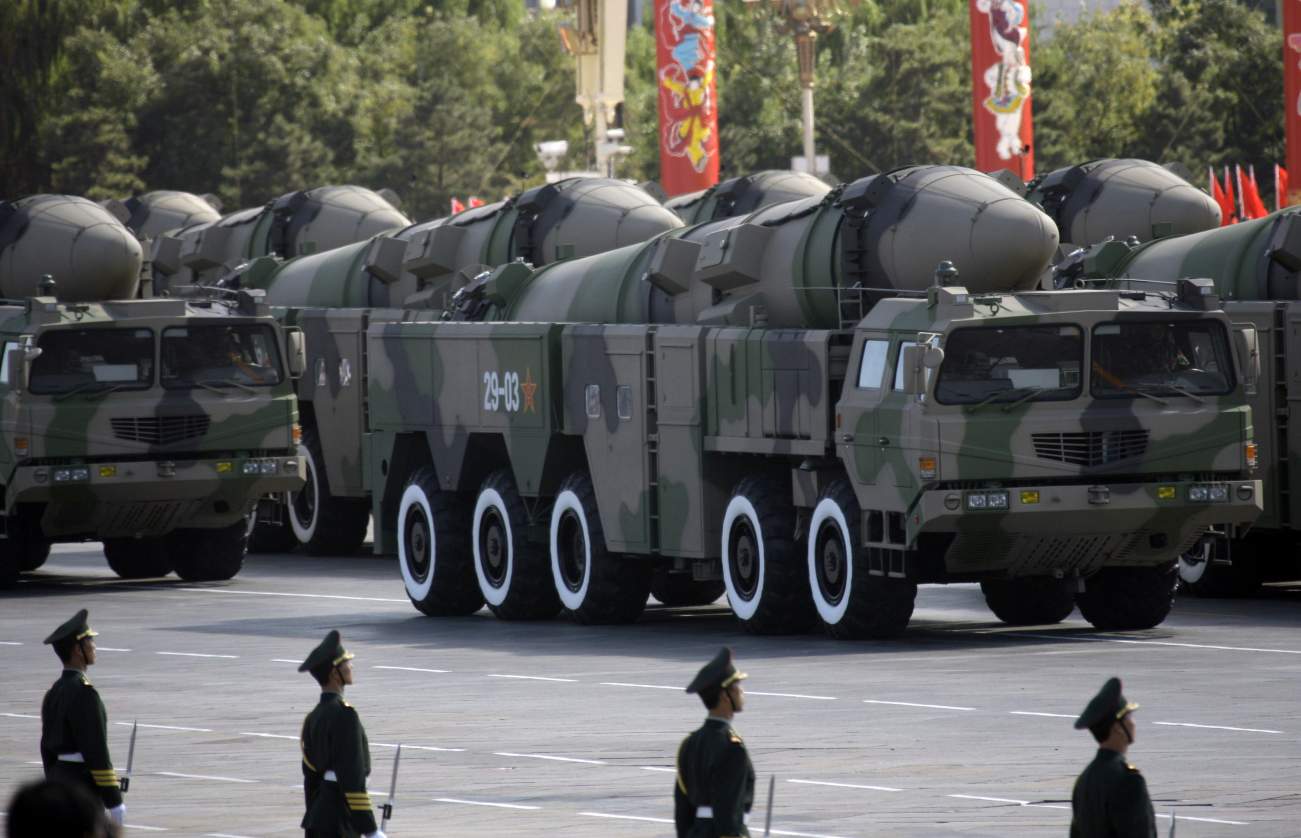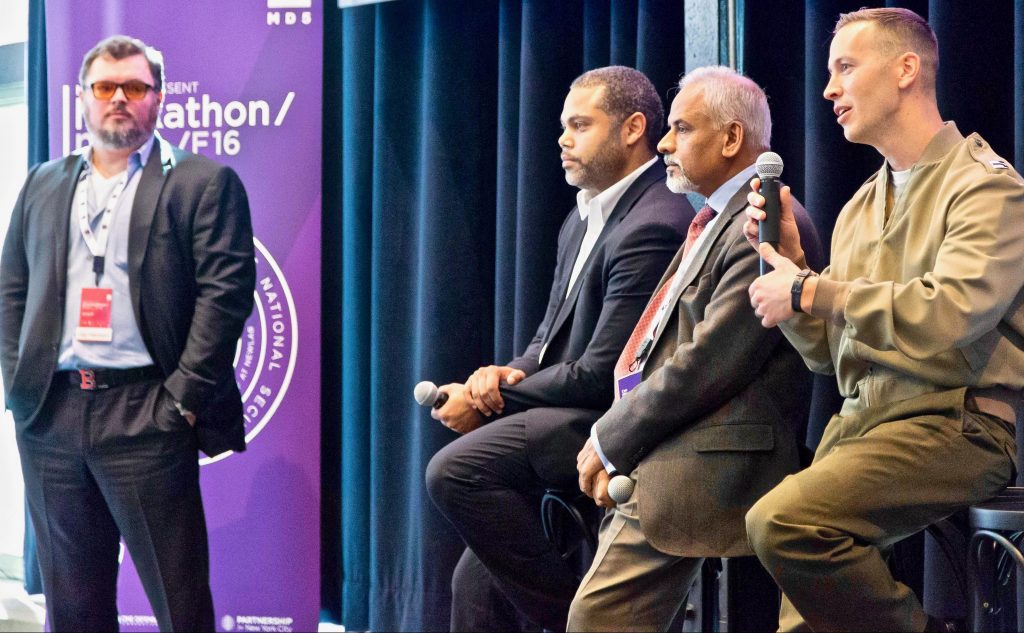By FRED KAPLAN
This month, for the first time, the U.S. armed forces are recruiting young men and women who weren’t yet born when the invasion of Afghanistan took place. The war has been going on for 17 years now (17-year-olds can enlist with parental consent), making it the longest war in American history. Yet we are no closer than we have ever been to accomplishing our objectives, in part because those objectives have been so sketchily, inconsistently, and unrealistically defined. In fact, the Taliban is gaining strength; other jihadist groups, including ISIS and a revivified al-Qaida, are joining the fight (against the Afghan government, Western forces, and the Taliban); the Afghan Army is suffering casualties at an alarming rate; the chaos is spiraling to unsustainable levels. Just Thursday, a gunman wearing an Afghan Army uniform opened fire at a security meeting in a government compound, killing two top provincial governors, wounding three U.S. officers, and just missing the U.S. commander in Afghanistan, Gen. Austin “Scott” Miller, who was the apparent target of the attack.











/arc-anglerfish-arc2-prod-mco.s3.amazonaws.com/public/KLEHOICG65CQ7GFHY3FI7RLIOE.jpg)

